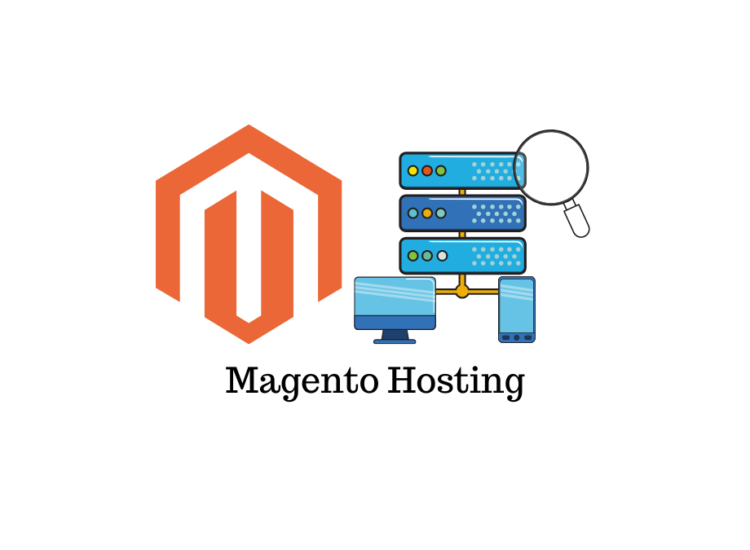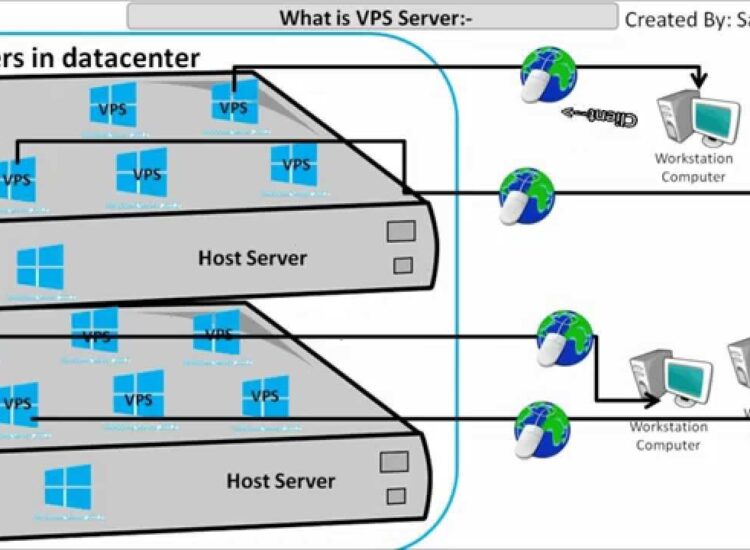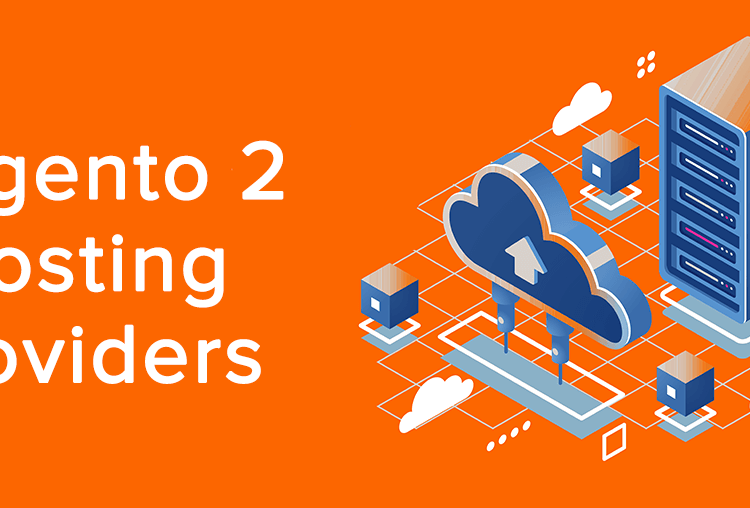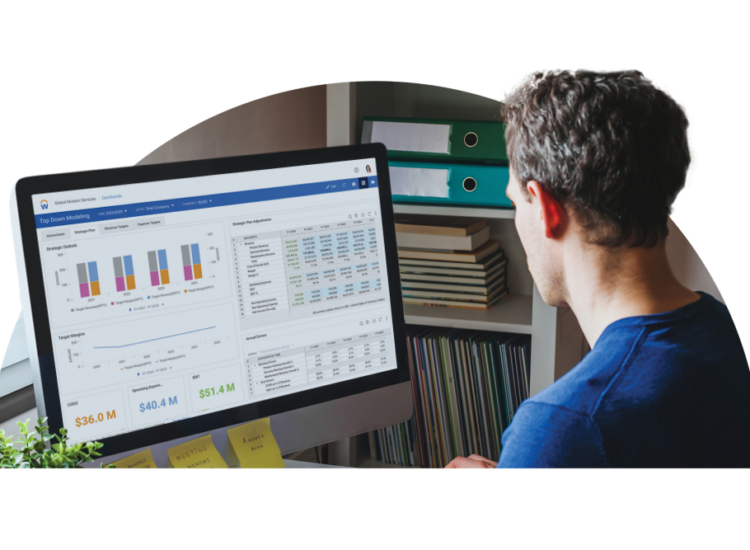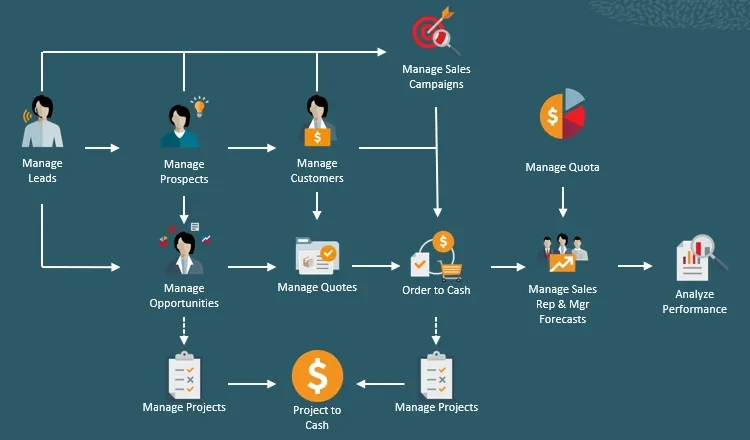The shift to digital operations is forcing IT managers to grapple with escalating infrastructure costs. Infrastructure as a Service (IaaS) in cloud computing offers a potential solution, providing scalable resources and cost efficiency. However, security concerns and the complexities of vendor lock-in remain significant challenges. This guide examines IaaS in cloud computing, outlining its components, deployment models, and best practices for successful implementation.
Toc
- 1. Understanding IaaS Fundamentals: Core Components and Deployment Models
- 2. IaaS vs. PaaS vs. SaaS: Choosing the Right Cloud Model for Your Needs
- 3. Implementing and Managing IaaS: Best Practices for IT Managers
- 4. Related articles 01:
- 5. IaaS Security Considerations: Protecting Your Data and Applications
- 6. IaaS Use Cases and Real-World Examples
- 7. Related articles 02:
- 8. Addressing IaaS Challenges and Mitigating Risks
- 9. Conclusion
Understanding IaaS Fundamentals: Core Components and Deployment Models

Infrastructure as a Service (IaaS) is a vital component of the cloud computing landscape, allowing organizations to manage their IT resources more efficiently. IaaS can be compared to other service models like Platform as a Service (PaaS) and Software as a Service (SaaS). To illustrate this distinction, think of building a house: IaaS provides the land and raw materials, PaaS offers the structural framework, and SaaS delivers the fully furnished space. This layered approach enables businesses to select the level of control and management they require.
Core Components of IaaS
IaaS encompasses several core components:
- Compute: This includes virtual machines (VMs), CPUs, and RAM. Organizations can provision VMs based on their needs, allowing for real-time resource adjustments according to workload demands.
- Storage: IaaS provides diverse storage solutions, such as block storage, object storage, and file storage. Each type serves different purposes, offering flexibility and scalability.
- Network: IaaS includes virtual networking resources, including Virtual Private Clouds (VPCs), firewalls, and load balancers, which facilitate secure communication between VMs and other services.
For example, an e-commerce company might use IaaS to host its website, scaling resources dynamically during peak shopping seasons to ensure optimal performance and avoid outages.
Deployment Models
IaaS can be deployed in three primary models:
- Public Cloud: In this model, resources are shared among multiple organizations and managed by a third-party provider. Public clouds are cost-effective and scalable but may raise concerns about data privacy and compliance.
- Private Cloud: A private cloud is dedicated to a single organization, providing enhanced security and control. While it requires a higher investment, it is ideal for businesses with stringent compliance requirements.
- Hybrid Cloud: This model combines public and private cloud infrastructures, allowing organizations to optimize workloads based on specific needs, such as managing sensitive data while benefiting from scalable applications.
Additionally, understanding the shared responsibility model in IaaS security is crucial. While the provider secures the infrastructure, users must ensure the safety of their applications and data.
IaaS vs. PaaS vs. SaaS: Choosing the Right Cloud Model for Your Needs
Selecting the right cloud model is essential for IT managers, as each offers distinct advantages and responsibilities.
Comparison of Service Models
Here’s a detailed comparison of IaaS, PaaS, and SaaS:
| Feature | IaaS | PaaS | SaaS |
|---|---|---|---|
| Management Responsibility | User controls the infrastructure | Provider manages the platform | Provider manages everything |
| Cost Model | Pay-per-use | Subscription-based | Subscription-based |
| Scalability | High | Moderate | Low |
| Security | User is responsible for security | Provider manages security | Provider manages security |
| Control | High | Moderate | Low |
Case Studies and Scenarios
Consider the following scenarios for choosing the appropriate model:
- IaaS is well-suited for businesses needing extensive control over their infrastructure, such as those running legacy applications or requiring dynamic resource scaling. For example, a financial institution may opt for IaaS to maintain control over its data processing systems.
- PaaS benefits development teams focused on building and deploying applications without the burden of managing underlying infrastructure. A software startup might utilize PaaS to quickly develop and launch its application.
- SaaS is ideal for organizations seeking ready-to-use applications without the complexities of installation or maintenance. An e-commerce company could leverage SaaS for its customer relationship management (CRM) needs.
Guidance on Model Selection
When deciding on the right model, IT managers should consider factors such as application requirements, budget constraints, and security needs. IaaS examples in real-world applications illustrate how organizations can effectively leverage different cloud models to meet their unique requirements.
While IaaS offers potential cost savings, it’s crucial to acknowledge that poorly managed IaaS deployments can lead to significant cost overruns. Failure to right-size VMs, neglecting to utilize reserved instances, and overlooking automated scaling can quickly negate the cost advantages. Careful monitoring and proactive resource management are essential to realizing cost benefits.
Implementing and Managing IaaS: Best Practices for IT Managers
To maximize the benefits of IaaS, IT managers should adopt best practices in several key areas.
1. https://hami.vn/mmoga-godaddy-virtual-private-server-the-ultimate-guide-for-e-commerce-businesses/
2. https://hami.vn/mmoga-aws-virtual-private-server-a-comprehensive-guide-for-small-businesses/
3. https://hami.vn/mmoga-cpanel-vps-hosting-the-ultimate-guide-for-smbs/
4. https://hami.vn/mmoga-iaas-paas-and-saas-a-deep-dive-for-it-managers/
5. https://hami.vn/mmoga-cheap-reseller-hosting-a-guide-for-freelance-web-designers/
Vendor Selection
Choosing the right IaaS provider is critical. Key criteria to consider include:
- Reliability: Assess uptime guarantees and historical performance data.
- Security: Evaluate the provider’s security measures, including encryption and compliance with industry standards.
- Service Level Agreements (SLAs): Review SLAs to understand the provider’s commitments regarding availability and support.
- Pricing: Analyze pricing models to ensure alignment with your budget and anticipated usage.
- Support: Consider the level of customer support provided, including availability and expertise.
Familiarizing yourself with the Azure IaaS services list can offer valuable insights into the features available from leading providers.
Security Considerations
Given the shared responsibility model in IaaS, it is essential for users to implement robust security measures. Key practices include:
- Data Encryption: Ensure data is encrypted both in transit and at rest.
- Access Control: Implement stringent access control measures using identity and access management (IAM) tools.
- Compliance: Stay informed about relevant regulatory requirements and ensure IaaS usage complies with these standards.
Cost Optimization
Managing costs effectively requires diligent monitoring and resource management. Strategies for cost optimization include:
- Right-Sizing VMs: Regularly assess and adjust VM sizes based on actual usage to prevent over-provisioning.
- Using Reserved Instances: Consider reserving instances for predictable workloads to benefit from reduced rates.
- Monitoring Resource Utilization: Utilize monitoring tools to track usage patterns and adjust resources as needed.
For highly scalable, fault-tolerant applications, leveraging spot instances (AWS) or preemptible VMs (Google Cloud) can drastically reduce compute costs. These instances offer significant discounts compared to on-demand pricing but require application architectures that can handle interruptions. For example, a batch processing job that can be restarted easily could benefit greatly from this approach.
Disaster Recovery and Business Continuity
A robust disaster recovery (DR) plan is essential for any IaaS implementation. Key components include:
- Regular Backups: Schedule automated backups to ensure data integrity.
- Failover Mechanisms: Implement failover solutions to maintain service continuity during outages.
- Testing DR Plans: Regularly test disaster recovery plans to ensure they are effective in real-world scenarios.
Monitoring and Management
Effective monitoring is crucial for maintaining performance and security in an IaaS environment. Implement tools to:
- Track Performance: Use performance monitoring tools to identify and address bottlenecks.
- Manage Resource Utilization: Automate scaling and load balancing based on demand to optimize resource allocation.
- Receive Security Alerts: Set up alerts for unauthorized access attempts or security breaches.
IaaS Security Considerations: Protecting Your Data and Applications
As organizations increasingly adopt IaaS, understanding its security implications is vital for IT managers.
The shared responsibility model clarifies the roles of both the provider and the user in securing the environment. While the provider secures the infrastructure, users must safeguard their applications and data.
Data Security Best Practices
To protect data and applications effectively, IT managers should implement the following measures:
- Data Encryption: Ensure that data is encrypted both in transit and at rest.
- Access Control Lists: Establish strict access control policies and regularly review permissions.
- Regular Security Audits: Conduct security audits to identify vulnerabilities and address them promptly.
- Intrusion Detection Systems: Implement systems to monitor for and respond to security threats.
Access Management and IAM
Managing access to cloud resources is critical. Using Identity and Access Management (IAM) tools can help enforce security policies and minimize risks associated with unauthorized access. Regular reviews of user permissions ensure that only authorized personnel have access to sensitive information.
Compliance and Regulatory Considerations
Ensuring compliance with relevant industry standards and regulations, such as HIPAA and GDPR, is critical. Organizations should regularly review their compliance posture and adapt their IaaS usage accordingly. This proactive approach not only mitigates risk but also builds trust with customers and stakeholders.
Incident Response Planning
Developing an effective incident response plan is essential for managing potential security breaches. This plan should outline procedures for identifying, responding to, and recovering from security incidents, ensuring minimal disruption to business operations.
IaaS Use Cases and Real-World Examples
IaaS is a versatile solution that supports a variety of applications across different industries.
1. https://hami.vn/mmoga-cheap-reseller-hosting-a-guide-for-freelance-web-designers/
2. https://hami.vn/mmoga-aws-virtual-private-server-a-comprehensive-guide-for-small-businesses/
3. https://hami.vn/mmoga-godaddy-virtual-private-server-the-ultimate-guide-for-e-commerce-businesses/
4. https://hami.vn/mmoga-cpanel-vps-hosting-the-ultimate-guide-for-smbs/
5. https://hami.vn/mmoga-iaas-paas-and-saas-a-deep-dive-for-it-managers/
DevOps and Agile Development
IaaS empowers DevOps teams by providing the infrastructure necessary for rapid development cycles. Teams can easily set up test environments, run continuous integration/continuous delivery (CI/CD) pipelines, and prototype applications without the limitations of physical hardware.
High-Performance Computing (HPC)
Organizations engaged in scientific research or financial modeling benefit from the scalable resources offered by IaaS. With high computational power on demand, teams can execute complex algorithms without the need for extensive on-premises infrastructure.
Big Data Analytics
IaaS is particularly well-suited for big data applications, allowing organizations to scale storage and processing capabilities as data volumes increase. Companies can efficiently analyze vast datasets, leading to better decision-making and insights.
Website Hosting and Web Applications
Many businesses leverage IaaS for hosting websites and web applications. The ability to dynamically scale resources ensures that companies only pay for what they use, making it a cost-effective solution for managing fluctuating traffic demands.
Migration of Legacy Applications
Migrating traditional enterprise applications to IaaS can significantly reduce infrastructure costs and improve agility. Businesses can transition to a cloud-based model, freeing up resources for innovation and strategic initiatives. An IaaS in cloud computing example could involve a manufacturing firm moving its resource planning software to an IaaS platform, allowing for enhanced scalability and flexibility.
The Rise of Serverless Computing
A significant current trend is the increasing adoption of serverless computing within the IaaS context. Platforms like AWS Lambda, Azure Functions, and Google Cloud Functions allow developers to deploy code without managing servers, reducing operational overhead and improving scalability. This is particularly beneficial for event-driven architectures and microservices.
Addressing IaaS Challenges and Mitigating Risks
While IaaS provides numerous benefits, IT managers must also navigate associated challenges and risks.
Vendor Lock-In
To mitigate the risk of vendor lock-in, organizations should adopt a proactive approach. Employing infrastructure-as-code tools like Terraform or Pulumi allows for consistent infrastructure management across multiple providers (AWS, Azure, GCP). This approach simplifies migration and reduces reliance on a single vendor. For instance, a company might use AWS for compute, Azure for storage, and GCP for database services, leveraging the strengths of each provider.
Cost Overruns
To prevent unexpected costs, maintain regular audits of your IaaS usage. Monitoring tools can help identify underutilized resources that can be downsized or terminated. Organizations should also establish budgets and alerts to monitor spending closely.
Network Outages
Implement redundancy and failover solutions to minimize the impact of network disruptions. Regularly test disaster recovery plans to ensure they are effective during actual outages. Consider using multiple regions or availability zones to enhance resilience.
Integration Complexity
Integrating IaaS with existing on-premises systems can pose challenges. Developing a clear integration strategy and leveraging API capabilities can streamline this process. Establishing a clear communication protocol between teams can also facilitate smoother integration.
Conclusion
IaaS in cloud computing presents a powerful opportunity for IT managers to enhance infrastructure management while optimizing costs and improving operational efficiency. By adopting best practices in vendor selection, security, cost management, and disaster recovery, organizations can leverage IaaS to meet their evolving business needs effectively. Embracing this model not only aids in achieving organizational goals but also positions businesses to remain competitive in an increasingly digital landscape. Exploring specific IaaS offerings from leading cloud providers like AWS, Azure, and Google Cloud can help identify the best fit for your organization’s unique requirements. As the technology landscape continues to evolve, staying informed about trends such as serverless computing and multi-cloud strategies will empower IT managers to make strategic decisions that drive innovation and growth.
